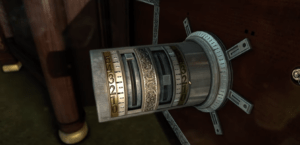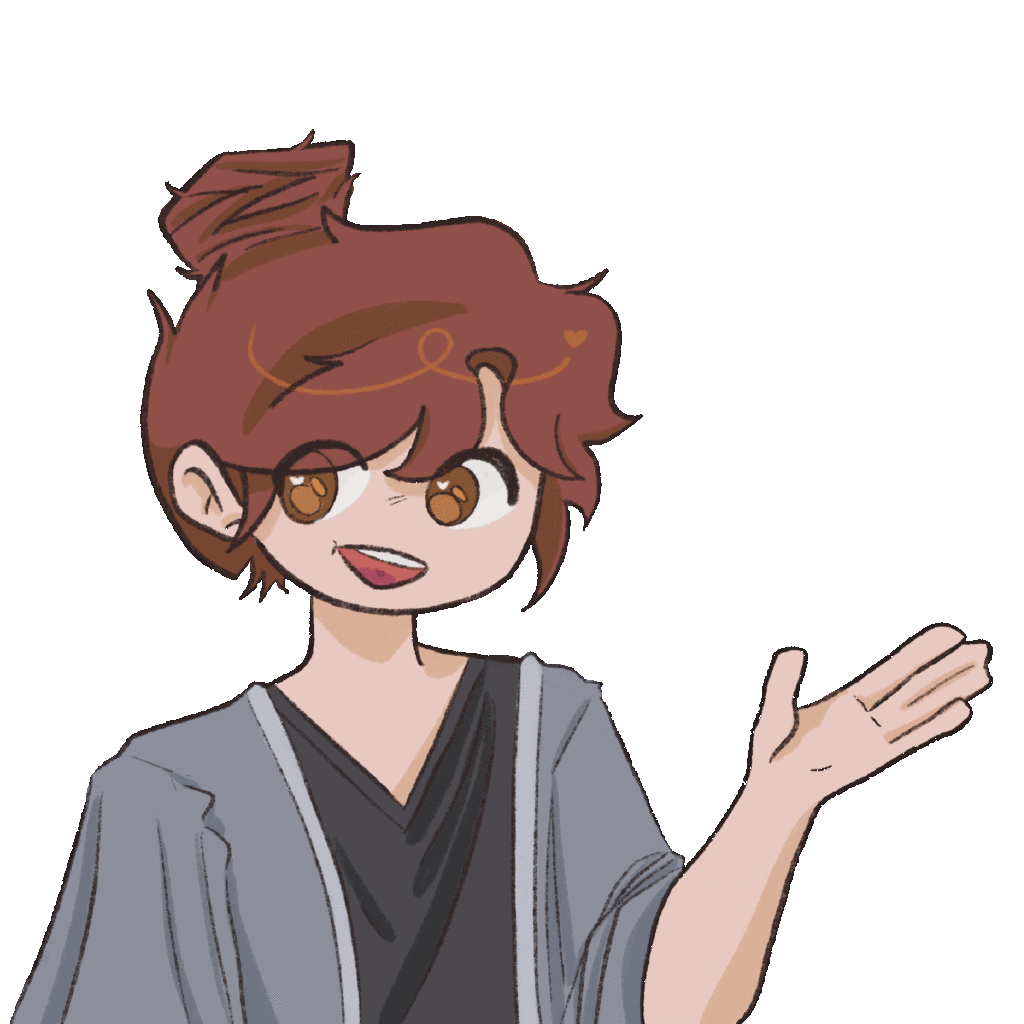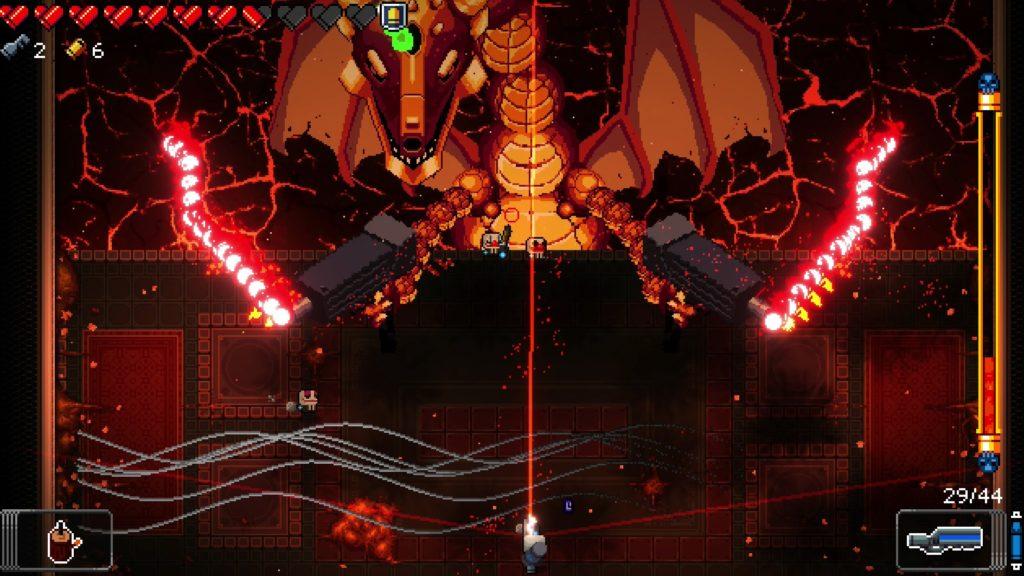“The Room” is the first installment in a series of puzzle games developed by Fireproof Studios. It was initially released on iOS in 2012, and later made available on Android, Windows, and Nintendo Switch platforms. As a pure puzzle game, it focuses entirely on the process of opening a complex mechanical box, immersing players through intricate mechanism design and beautiful visuals. The game integrates environmental storytelling into the puzzle-solving process, gradually revealing the truth of the story as players progress. For players who enjoy puzzles and mild horror elements, this game is an excellent choice.
“The Room” barely features traditional characters or performances, and even the room scenes that other puzzle games emphasize are minimal. When first entering the game, I saw a dimly lit room with a table in the center, illuminated by a light, containing a letter and a mysterious box. All game content revolves around this box, which reduces the complexity brought by scene transitions and allows players to focus on puzzle-solving.
The early mechanism designs strictly follow real-world logic: keyholes, dials, mechanical gears. This puzzle design reduces cognitive load, allowing me to find the correct operations through intuition. The game’s puzzles follow an onion-like structure, where solving one puzzle often reveals multiple new puzzles, and these must be solved to complete the parent puzzle. Each chapter begins with a simple box, with the side quests and box structure becoming increasingly complex, but ultimately returning to the main puzzle. This structure provides sufficient challenge while ensuring players don’t have to process too much information simultaneously.

The mechanism design and player enjoyment undergo some changes in the later stages of the game. As mechanisms are gradually unlocked, lights begin to flicker, and ambient sounds become increasingly eerie. Puzzles no longer follow physical laws but require players to understand strange runes and develop a deeper understanding of the game’s mechanics. The player’s thought process shifts from using real-world knowledge to solve puzzles to using knowledge learned within the game.

Overall, my emotional curve oscillates between curiosity → focus → epiphany → achievement. My flow state remains uninterrupted. When stuck for a few minutes, the game first provides a weak hint, and if still stuck, it offers a stronger hint. This approach prevents players from feeling frustrated during puzzle-solving while maintaining engagement.
The game’s main mechanics are very streamlined, including simple camera controls and click-and-drag operations for various mechanisms, without even character movement or scene transitions. If you haven’t made progress for a few minutes, the game automatically provides a weak hint, such as “The pattern on top of the box seems familiar.” If you still haven’t found the clue after a few more minutes, the game will give you a more explicit hint, like “Try rotating a certain rune to this position.”

These mechanics support the game’s core dynamics: exploration and puzzle-solving. Each time a local mechanism is solved, players gain new items or information, triggering deeper mechanisms. As puzzle difficulty gradually increases, players transition from initial curiosity to immersive focus. The rhythm of hints keeps players in the “solvable but challenging” zone.
The game’s aesthetics include: Discovery, Challenge, and Sensation.
“The Room” doesn’t contain any cultural puzzles or word riddles. But the symbols used in puzzles are not language-independent, so there are a few language and cultural barriers. It presupposes certain knowledge and experience. For example, people familiar with mechanical devices in real life can more easily understand the purposes of keyholes, gears, and lenses, which excludes players with little exposure to physical mechanical devices, especially younger generations. Additionally, the game heavily relies on subtle visual cues, and despite providing zoom functionality and a hint system, it still has significant accessibility issues.





